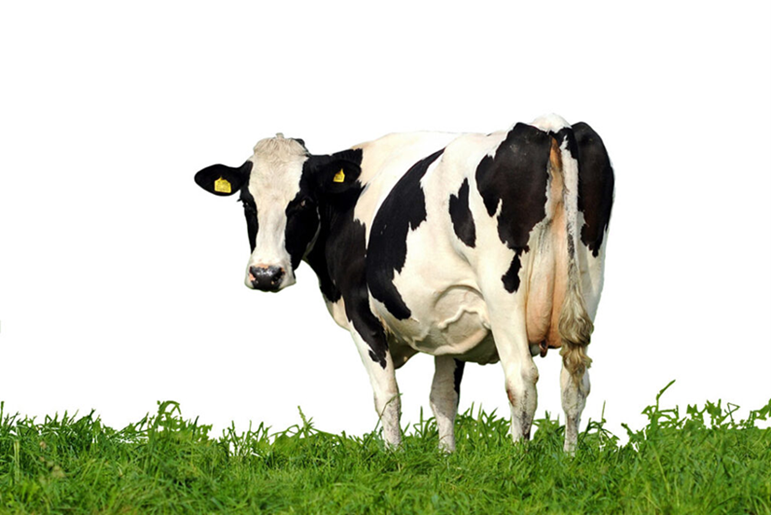By: Matthew Wedzerai. 16 03 2021

Methane emission is a heritable trait, which makes selection for lower emitting animals possible. Recent research with Danish Holstein dairy cattle shows the impact of a multi-trait approach to achieve high selection accuracy of lower methane-emitting animals.
Studies show that due to the limited number of cows with methane (CH4) records, the accuracies of genomic estimated breeding values (GEBV) are low. CH4 is a scarcely recorded trait, which means it would require a considerable number of cows with CH4 records in the reference population to accurately estimate GEBV. Researchers from Aarhus University carried out a study on the use of information of routinely recorded and highly correlated traits with CH4 to increase the accuracy of GEBV through a multi-trait (genomic) prediction approach.
The Study
They focused their study on evaluating the accuracies of prediction of GEBV for CH4 by including or omitting CH4, energy-corrected milk (ECM) and body weight (BW), as well as genotypic information in multi-trait analyses across 2 methods: BLUP and single-step genomic BLUP (SSGBLUP). A total of 2,725 Danish Holstein cows with CH4 concentration in breath (14,125 records), BW (61,667 records) and ECM (61,610 records) were included in the analyses. Approximately 2,000 of these cows were genotyped. To find the best combination of traits in both the reference and validation populations, the following 5 scenarios were performed:
- Scenario 1: base scenario with only CH4 information
- Scenario 2: without CH4, but with information from BW, ECM or BW+ECM in reference population only
- Scenario 3: without CH4, but with information from BW, ECM or BW+ECM in both validation and reference populations
- Scenario 4: with CH4 information and BW, ECM or BW+ECM information in the reference population only
- Scenario 5: with CH4 information and BW, ECM or BW+ECM information in both validation and reference populations.
Consistency of predictor traits
To determine the benefit of including genotypic information in the prediction of the EBV and the consistency of the predictor traits across methods, 2 methods were tested the BLUP, which used pedigree-derived additive genetic relationships to estimate an EBV for each animal in the pedigree, and
the SSGBLUP, which allowed the addition of phenotypic information of non-genotyped animals into the genomic BLUP method by combining in a single step the genomic relationship matrix (GRM) with the pedigree relationship matrix into a new relationship matrix used to obtain the GEBV.
The researchers found that the average accuracy of GEBV for CH4 in the base scenario was 0.32 for the BLUP method and 0.42 for the SSGBLUP method. Comparing across multi-trait scenarios, the accuracy ranged from 0.10 to 0.72 for the BLUP method and from 0.12 to 0.75 for the SSGBLUP method. They concluded that multi-trait prediction performs similarly (or consistently) across the 2 methods and on average better than the single-trait scenario.
More info at: https://www.dairyglobal.net/dairy/breeding/improving-genomic-prediction-ofmethaneemission/
